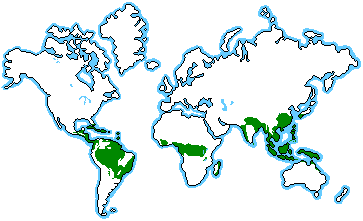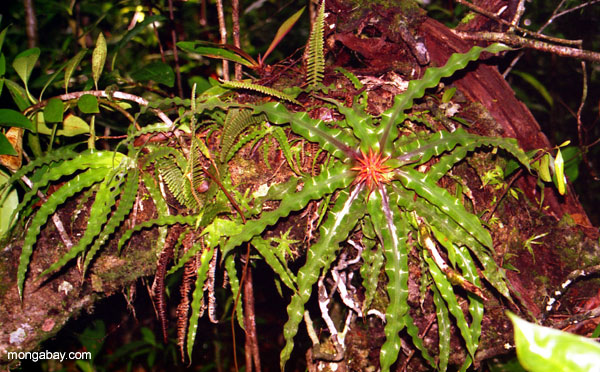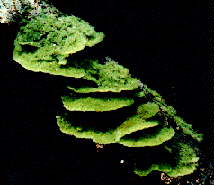Team members




Overview
A brief description of the Tropical Rainforest :
A Tropical Rainforest is a place roughly within 28 degrees north or south of the equator. They are found in Asia, Australia, Africa, South America, Central America, Mexico and on many of the Pacific Islands. Tropical rainforests are thought to be a type of tropical wet forest. Rainforests are home to half of all the living animal and plant species on the planet.The undergrowth in a rainforest is restricted in many areas by the lack of sunlight at ground level. This makes it possible for people and other animals to walk through the forest. A tropical rain forest has more kinds of trees than any other area in the world. Scientists have counted about 100 to 300 species in one 1-hectare area in South America. Seventy percent of the plants in the rainforest are trees.
Physical Factors
Temperature
The average humidity of the rainforest is between 77% and 88%. There, it also rains 80 inches of rain per year. So, it only rains 1/8 of an inch per day. Rainforests now cover less than 6% of Earth's land surface. Scientists estimate that more than half of all the world's plant and animal species live in tropical rain forests. Tropical rainforests produce 40% of Earth's oxygen.The average temperature of a rain forest is about 77° Fahrenheit. The rain forest is about the same temperature year round. The temperature never drops below 64° Fahrenheit. Rainforests are so hot because they are found near the equator. The closer to the equator you are, the more solar radiation there is. The more solar radiation there is, the hotter it is.
Light
The Tropical Rainforest is found near the equator. This means that there is will be more direct sunlight hitting the land and sea there than anywhere else in the world.
Water
The sun warms the land and sea and the water evaporates into the air. The warm air can contain a lot of water vapor. As the air rises, it begins to cool. That means it can hold lesser water vapor. Then as the warm meets cold, condensation takes place and the water vapor forms droplets and clouds form. The clouds then produces rain. It rains more than ninety days a year and the strong sun usually shines between the storms. This water cycle repeats often along the equator. The rainforest is divided into five different layers, each containing different types of plants and animals, adapted for survival in the particular areas called the ground layer, the shrub layer, the understory layer, the canopy layer and the emergent layer. Only the emergent layer is unique to tropical rainforests, while the others are also found in temperate rainforests.
Classification of Living Organisms
Epiphytes
There are well over 15,000 epiphytes in the neotropical realm alone, and over 30,000 worldwide as well as numerous uncatalogued species. The term epiphytes describes a plant which, like a parasite, grows on a host, but unlike a parasite, takes no nutrients from the tree itself and relies on nutrients from the air, falling rain, and the compost that lies on tree branches. Their epiphytic way of life gives these plants advantages in the rainforest, allowing them access to more direct sunlight, a greater number of canopy animal pollinators, and the possibility of dispersing their seeds via wind.
Okapi
The animal was brought to prominent European attention by speculation of its existence found in popular press reports covering Henry Morton Stanley's journeys in 1887. Remains of a carcass were later sent to London by the English adventurer Harry Johnston and became a media event in 1901. Today there are approximately ten thousand to twenty thousand in the wild.
Red Stag Deer
The Red Deer inhabits most of Europe, the Caucasus Mountains region, Asia Minor, parts of western Asia, and central Asia. It also inhabits the Atlas Mountains region between Morocco and Tunisia in northwestern Africa, being the only species of deer to inhabit Africa.
Jackal
Jackals and coyotes are oportunistic omnivorous; predators of small- to medium-sized animals and proficient scavengers. Their long legs and curved canine teeth are adapted for hunting small mammals, birds, and reptiles, and their large feet and fused leg bones give them a physique well-suited for long-distance running, capable of maintaining speeds of 16 km/h (9.9 mph) for extended periods of time. Jackals are crepuscular, most active at dawn and dusk.
Hawk
Hawks have a keen eyesight. They have a 20/2 vision that is eight times more acute than humans with perfect vision. They have hooked beaks and taloned feet. Hawk feet are meant for capturing prey and beaks for biting and tearing flesh. They can fly over speeds of 150 miles per hour when diving. There are some species that can fly thousands of miles, to complete their migration journeys.
Lichen
These vary in appearance, resembling small volcanoes, cups or jam tarts. Lichens grow on rocks, walls, trees, fences, roofs and on the ground, as well as on leaves.They are very hardy in natural conditions, living in the tropics, on mountain tops, in salty seashore splash zones and even polar regions, where they survive temperatures well below freezing.
Food Web
Interrelationship in Ecosystem
1. Predator-Prey Relationship
Definition: Predation in where a Predator (an organism that is hunting) feeds on its prey (the organism that is attacked). Predators may or may not kill their prey prior to feeding on them, but the act of predation always results in the death of its prey and the eventual absorption of the prey's tissue through consumption.
Example:
Predator : Jaguar
Prey : Brazilian Tapir
2. Parasitism
Definition: Parasitism is a type of symbotic different species where one organism, the parasite, benefits at the expense of the other, the host.
3. Mutualism
Definition: Mutualism is any relationship between individuals of different species where both individuals derive a benefit.
Useful Links
Plagarism is a strongly discouraged.
Include the links of all websites you obtained information from to complete your ecology wiki.
For example:
Wild World @ nationalgeographic.com ( http://www.nationalgeographic.com/wildworld/terrestrial.html )
- [Name of website] (website address)
- [Name of website] (website address)
- [Name of website] (website address)
- [Name of website] (website address)











